Glossary
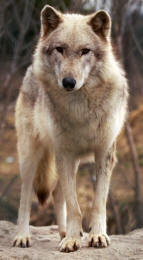
Protractile Claw
Claw that can be protracted (extended) from its protective sheath.
Cats’ claws are protractile, but often (incorrectly) described as retractile. At rest, the claw is retracted; muscular action (contraction) protracts the claw out of the sheath, rather than retracts it in.
Cats’ claws are protractile, but often (incorrectly) described as retractile. At rest, the claw is retracted; muscular action (contraction) protracts the claw out of the sheath, rather than retracts it in.
Ursidae
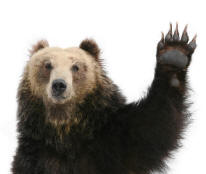
Brown Bear
(Ursus arctos)
Ailuridae
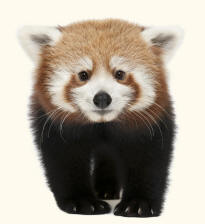
Red Panda (Ailurus fulgens)
Mephitidae
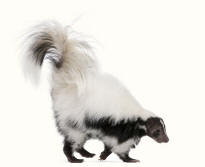
Hooded Skunk
(mephitis macroura)
Canidae
The taxonomic family of the dogs. Members of the dog family are known as
canids.
Canids are divided into two tribes: Canini (dog-like and wolf-like species) and Vulpini (foxes).
Canids are divided into two tribes: Canini (dog-like and wolf-like species) and Vulpini (foxes).
Plantigrade
Walking on soles of feet.
Plantigrade describes the orientation or progression of animals bearing weight on the plantar surfaces of the entire tarsal, metatarsal and phalangeal regions of the foot.
Plantigrade describes the orientation or progression of animals bearing weight on the plantar surfaces of the entire tarsal, metatarsal and phalangeal regions of the foot.
Mustelidae
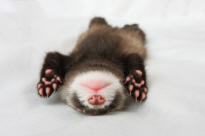
European Polecat
(Mustela putorius)
Procyonidae

Common Raccoon
(Procyon lotor)
Feliformia
Literally means cat-like.
The following families are feliforms:
felidae (e.g. domestic cats)
hyaenidae (e.g. hyenas)
herpestidae (e.g. mongooses)
nandiniidae (e.g. African palm civet)
viverridae (e.g. civet)
eupleridae (e.g. Malagasy civet)
The following families are feliforms:
felidae (e.g. domestic cats)
hyaenidae (e.g. hyenas)
herpestidae (e.g. mongooses)
nandiniidae (e.g. African palm civet)
viverridae (e.g. civet)
eupleridae (e.g. Malagasy civet)





